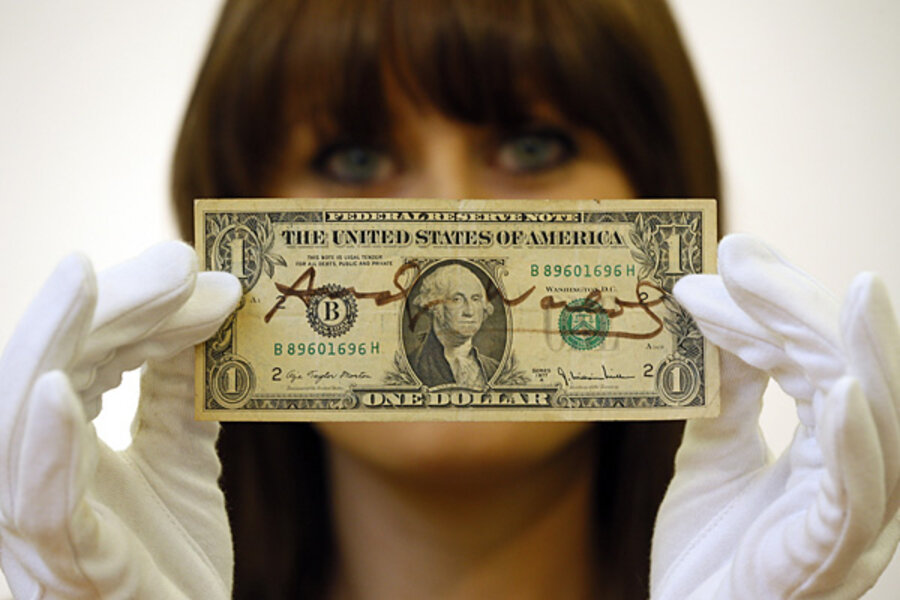Would a one-dollar coin save Americans money?
Loading...
Here is an article noting that the U.S. Treasury would save $147 million by switching its $1 note with a $1 coin, but that proposal faces opposition not only from the supplier of paper, but also from a majority of Americans.
From a Swedish perspective, changing to a $1 coin would seem natural considering that here the highest valued coin, the 10 krona coin, is worth more, roughly $1.5, 6 times more that of the highest valued U.S. coin and 1.5 times more than a $1 coin would be worth
Still, even stranger from a Swedish perspective is however the coins that are still around, especially the penny. The lowest valued coin here is the 1 krona coin, whose value is about 15 cents, 1.5 times more than the value of the dime , 3 times more than the value of the nickel and 15 times higher the value of the penny.
Now, it is true that it was only as recent as in October 2010 that the previously lowest valued coin, the 50 öre coin was abolished, but even that would have been worth 1.5 times the dime and 7.5 times the penny.
Of course the fact that we have abolished the smallest coins and the smallest notes while the Americans haven't doesn't by itself mean that it is the Americans that have done it wrong, it could also be the Swedes who are mistaken. However, the fact that it now costs 2.4 cents to manufacture the one cent penny, means that keeping it around costs even more than keeping the 1 dollar bill. When making money costs more than the value of the money that is made, it seems strange not to adjust the denomination.
It seems to me that the desire to keep the smallest coins and notes reflects an unwillingness to acknowledge the effects of inflation. A dime today is worth less than what a penny was worth as recently as 1973, and similarly a 5 dollar bill is worth less than what the 1 dollar bill was worth in 1973, so abolishing the penny and the 1 dollar bill would simply mean adjusting the denomination of coins and notes for inflation. But acknowledging that the dollar has been debased so much is perhaps something that many Americans don't want to do.






